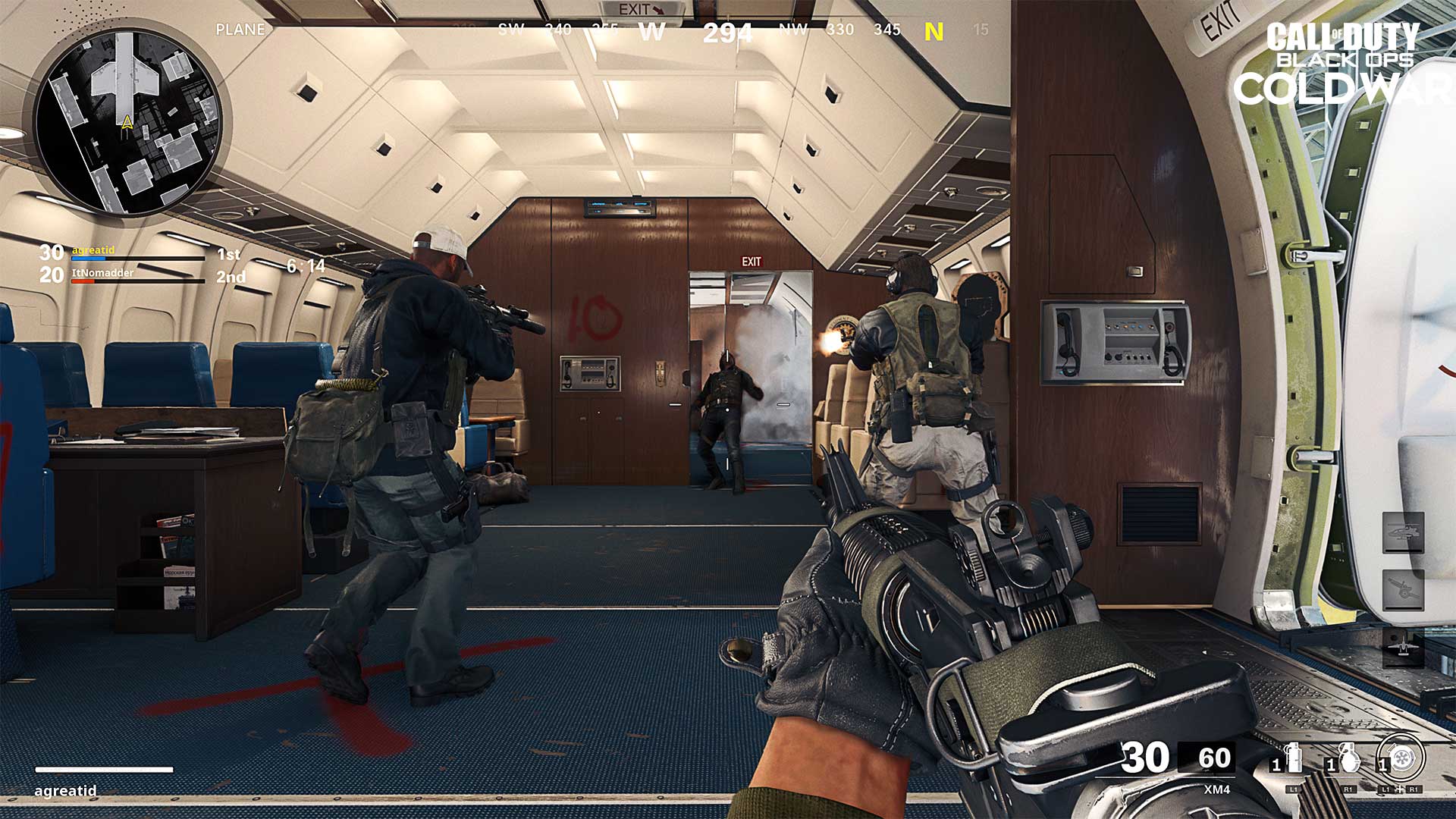

With lower frequencies, you can use a low Q value (or a broad bell) to pinpoint specific frequencies.

Since this range is still pretty low on the frequency spectrum, you have a bit of room to play with in terms of sculpting your tone. When balanced correctly, this range should add warmth and fastness to your tracks. Too much in this area quickly causes muddiness, but you must be careful not to cut this range from all of your tracks or your mix will sound thin. You need to find space for the meat of the kick and bass, along with the bottom of the snare and guitars-and don’t even get me started on the tom-toms. This can be a complicated range to work with. The bass range is where most of the fundamental frequencies of the rhythm section reside. Just be careful-if your mix doesn’t have enough information in this range it can sound weak and thin. While it can make your mixes sound bigger and more powerful, too much can make it sound boomy.įor most instruments, you should use a high-pass filter to remove this frequency range in order to reduce unwanted rumble and make room for the bass instruments. That’s why it’s so important to be careful when boosting this frequency range.

In fact, they have to be so loud we can physically feel the air vibrating. That means sounds in this frequency range must be significantly louder than others in order for us to hear them. However, our ears are least sensitive to frequencies below 100 Hz. Our ears are extremely sensitive to the 1-6 kHz range, which is why we can hear people clearly when they whisper. According to the equal-loudness contour, the human ear hears different frequencies at different levels. However, there is a more technical answer. That’s a common phrase in the audio world, but what does it mean? The short answer is-it’s that feeling you get at a live show when the bass drops and you feel it in your chest. Typically reserved for bass guitars (which extend down to 40 Hz), synths and the occasional kick drum sample, this range is “more felt than heard.” The sub-bass range is the lowest audible frequency range and home to the deepest instruments in the mix.

In this blog, we’ll break down each of the frequency ranges using BASSROOM and MIXROOM to help you dial in the perfect tone for any instrument or quickly correct frequency problems in your mix. Thankfully, by breaking the full frequency spectrum into smaller frequency ranges, we can easily control the different elements of any mix. That’s roughly 20,000 different frequencies to deal with in any given track-from the deepest kick drum the brightest cymbals and strings. For most people, the audible hearing spectrum ranges from about 20 Hz to 20 kHz.


 0 kommentar(er)
0 kommentar(er)
